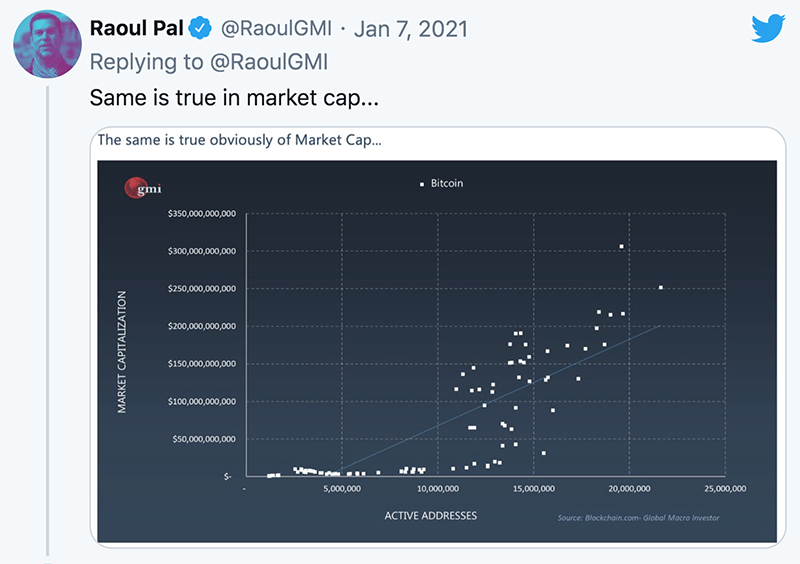Ethereum prices dropped on Wednesday as traders decided to secure their short-term profits at the cryptocurrency’s sessional high.
The second-largest blockchain asset plunged by up to 4.92 percent to its mid-March support level of $1,771. Its move downhill appeared mostly due to its strong positive correlation with Bitcoin, the world’s leading cryptocurrency by market cap. Bitcoin corrected by 4.89 percent from an intraday high just shy of $60,000.
The corrections appeared alongside a sharp uptick in the US dollar index. The index, which measures the greenback’s performance against a basket of top foreign currencies, rose to close March about 3 percent higher — its largest monthly gain since November 2016.
A stronger US dollar tends to reduce investors’ appetite for both riskier and risk-off assets. Bitcoin and Ethereum both surged by thousands of percent of percentage points in the previous 12 months as the dollar plunged.
“The passing of the $1.9trn package earlier this month no doubt helped lift US consumer confidence,” said economists at MUFG Bank, adding that the dollar would keep trending higher in the short-term given its strong “momentum, positioning and technicals.” He added:
“The big numbers that we will likely hear today by President Biden may well encourage further positive USD momentum but we would caution that hurdles lie ahead that could see the initial plan watered down in order to get through Congress.”
Bitcoin Aids Ethereum
Joe Biden will reportedly unveil his ambitious $2 trillion government spending plan later on Wednesday, targeting infrastructure, green energy, manufacturing, and housing. Economists believe the US economy’s fresh spending would further boost, especially after the $1.9 trillion stimulus bill passed earlier this month.
But giant spendings have also fueled concerns about an unmanageable inflationary consequence. In turn, many speculators expect Bitcoin and Ethereum to continue surging higher.
The Federal Reserve has earlier clarified that it wants to keep the inflation rate above 2 percent. Kiplinger, an investment management firm, said that inflation could peak around 2.5 percent by the end of this year, adding that the central bank would ignore the markup rates.
“The Federal Reserve will recognize that this pickup in inflation is the result of temporary factors, and will not be tempted to raise short-term interest rates in order to tamp it down,” it said.
The central bank maintains its benchmark interest rates near zero. It wants to keep it intact until 2024.
Key Levels to Watch
The short-term sentiment in the Ethereum market appears bullish despite its latest downside correction.

The ETH/USD exchange rate continues to trade inside a Bullish Triangle pattern. Its latest correction attempt appeared at the structure’s resistance trendline, raising its prospects to head lower towards the lower trendline in the coming sessions. Nevertheless, if bulls could have the price float above $1,700, it may lead to a potential breakout move above the Triangle.
The Ethereum’s daily Relative Strength Index has already broken above its descending trendline resistance, improving its upside momentum bias in the short-term.
“Rejected (for now) at the resistance of the bull pennant/symmetrical triangle,” said Scott Melker, the host of crypto-based WOAJ Podcast. “RSI broke out and retesting resistance as support. An RSI breakout often precedes a breakout on price.”
Photo by Benoit Beaumatin on Unsplash


























